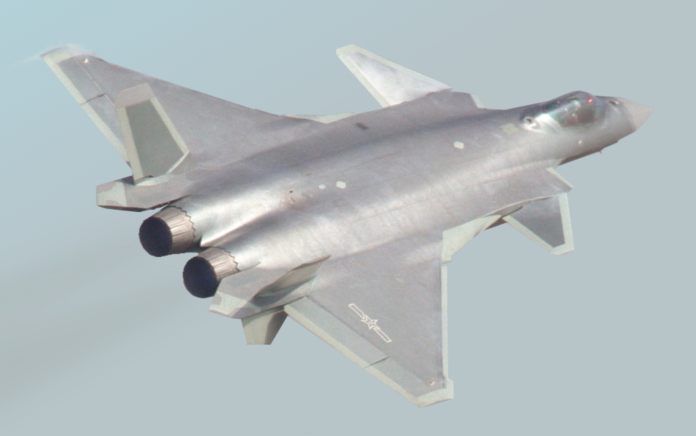
It was no dogfight that determined the Rafale’s fate in South Asia’s skies, but a battle waged well into the deep distance wherein radar footprints, missile kinesthetics, and electronic warfare constituted survival. In this context, China’s Chengdu J-20 “Mighty Dragon” seems to have superior advantages over France’s Dassault Rafale based on stealth shaping, altitude and speed potential, and its PL-15 missile system’s range.

1. Stealth: The First Weapon
The J-20’s key advantage lies in its integrated stealth design, featuring a canard-delta configuration, fuselage shaping to reduce radar cross-section, and large canted twin tails to deflect radar energy. While its radar evasion is not on par with the American F-22 or F-35, against a 4.5-generation platform like the Rafale, the J-20’s signature suppression could delay detection long enough to dictate the engagement. In beyond-visual-range (BVR) combat, that delay is lethal. The Rafale’s RBE2 AESA radar and SPECTRA electronic warfare suite has demonstrated the ability to track even stealthy F-22s in exercises, yet Indian Air Force experience suggests that detecting Chinese designs like the J-20 in time to react remains uncertain.
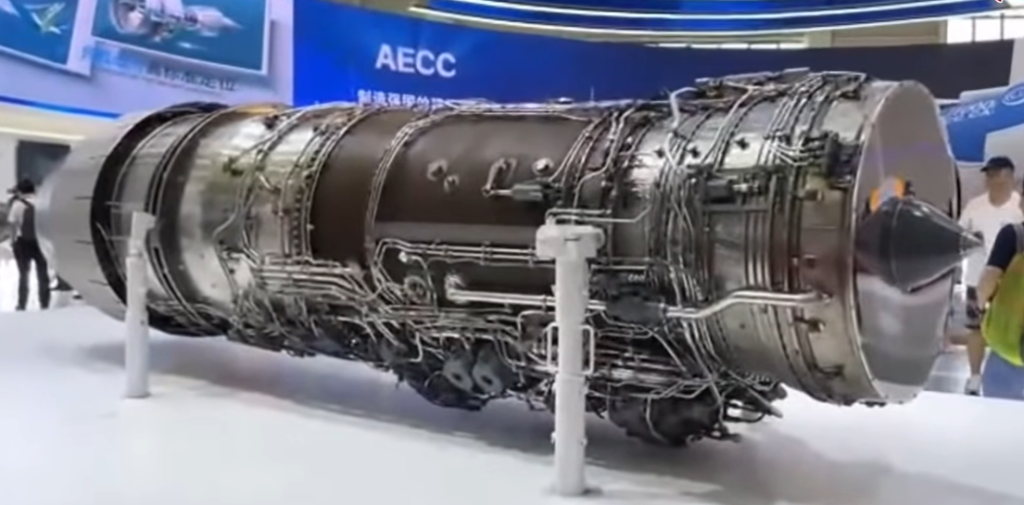
2. The Engine Power Behind the Dragon
Twin WS-10 afterburning turbofans power the J-20, each with approximately 32,000 pounds of thrust in afterburner. This provides the fighter with a service ceiling of 66,000 ft and up to Mach 2.25 in speed, which allows high-energy missile firings from superior altitude. With single Snecma M88 engines at only 17,000 pounds each, the Rafale is only good up to Mach 1.8 and 52,000-foot ceiling. Altitude in missile warfare affects both range and missile energy, and the J-20’s higher operational ceiling amplifies this advantage when firing from stealthy altitudes.
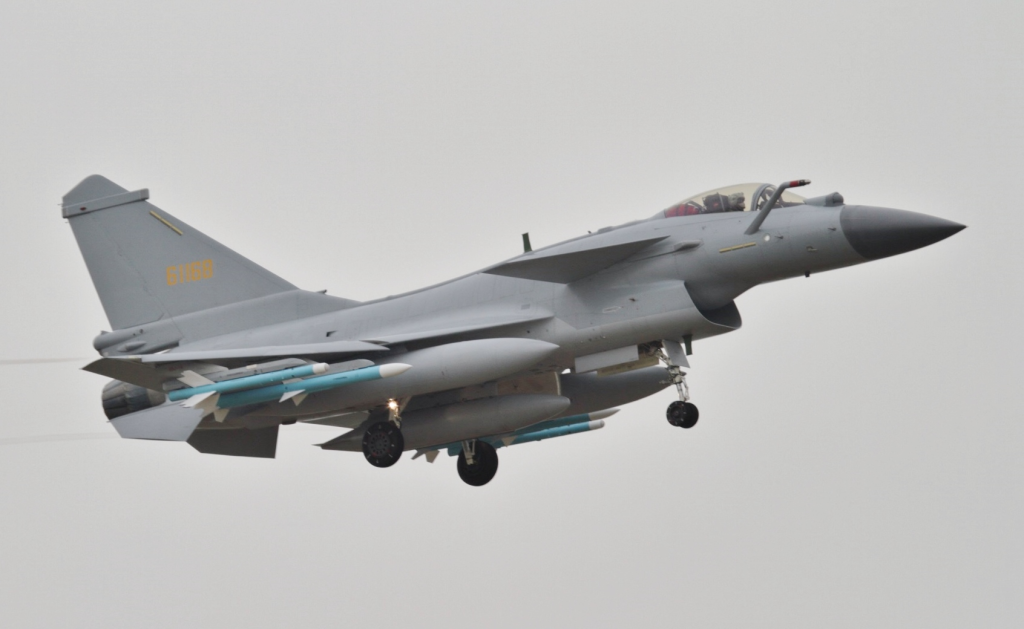
3. Takeaways from the J-10C Encounter
In May 2025, the Chinese-built Pakistani J-10C fighters, which were armed with the PL-15E missiles, allegedly shot down at least a single Indian Rafale in one of the greatest BVR battles in decades. The Rafales had no idea the missiles were coming. “The Indians never knew what hit them,” wrote one story. A 4.5-generation J-10C managed to do this, and considering the more advanced J-20 with superior stealth capabilities, altitude, and sensor fusion, it will be an even bigger threat.

4. PL-15: The missile that changed the paradigm
The J-20 internally carries four PL-15 missiles. Their domestic version has an estimated over 200-kilometer range, fuelled by a dual-pulse motor and guided by an active electronically scanned array (AESA) radar seeker. Mid-course data-link updates enable the missile to adapt to evasion manoeuvres. In the India-Pakistan conflict, even the export-restricted PL-15E had reach over much of India’s older legacy BVR weapons. Meteor missile on the Rafale is a technically advanced missile with ramjet sustaining high velocity well into its flight, but its superiority relies on early detection something that J-20’s stealth attempts to prevent.
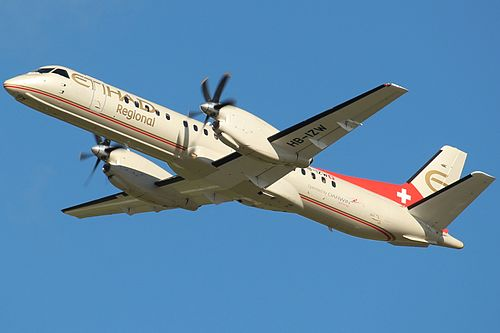
5. Invisible War: Sensors and Electronic Warfare
Contemporary BVR combat is equally much about denying the adversary’s image as it is about shooting first yourself. Pakistan’s introduction of Saab 2000 Erieye AEW&C with Chinese fighters prompted worries about integrated sensor networks in conjunction with PL-15s. A “see-first, shoot-first” doctrine is facilitated by the J-20’s own sensor set Type 1475 AESA radar, infrared search and track, and electronic warfare capabilities. In a contested electromagnetic environment, the ability to jam, to spoof, and to maintain missile lock typically determines the outcome.
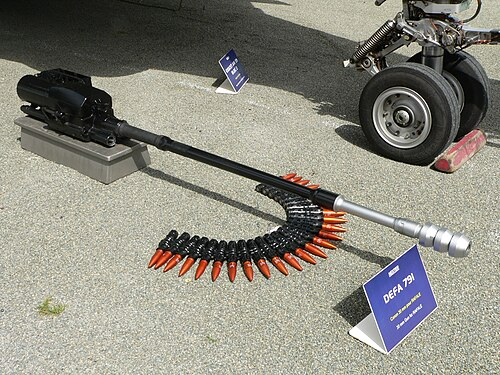
6. Manoeuvrability and the Gunfighter’s Chance
The Rafale maintains a superiority in manoeuvrability, with delta-canard configuration and fly-by-wire actuation that provide superb rates of roll, pitch, and yaw. It also mounts a 30mm GIAT 30/M791 autocannon with 125 rounds an capability that the gun less J-20 does not have. On paper, if a Rafale withstood the initial barrage of missiles and came within close visual range, its manoeuvrability and cannon could prove to be the tipping point. In practice, the transition to all-BVR combat exchanges renders those chances slim.

7. Combat Experience versus Untapped Potential
Rafales have been seasoned in Afghanistan, Libya, Mali, and Syria, carrying out deep strikes and air patrols in combat settings. J-20s, after years in service, have never discharged a shot in anger. Chinese aviators have no real-world combat exposure, which may have unpredictable bearing on events. But the Indian experience with the J-10C indicates that even with no combat hardening, Chinese aircraft and missiles have lethal capability.
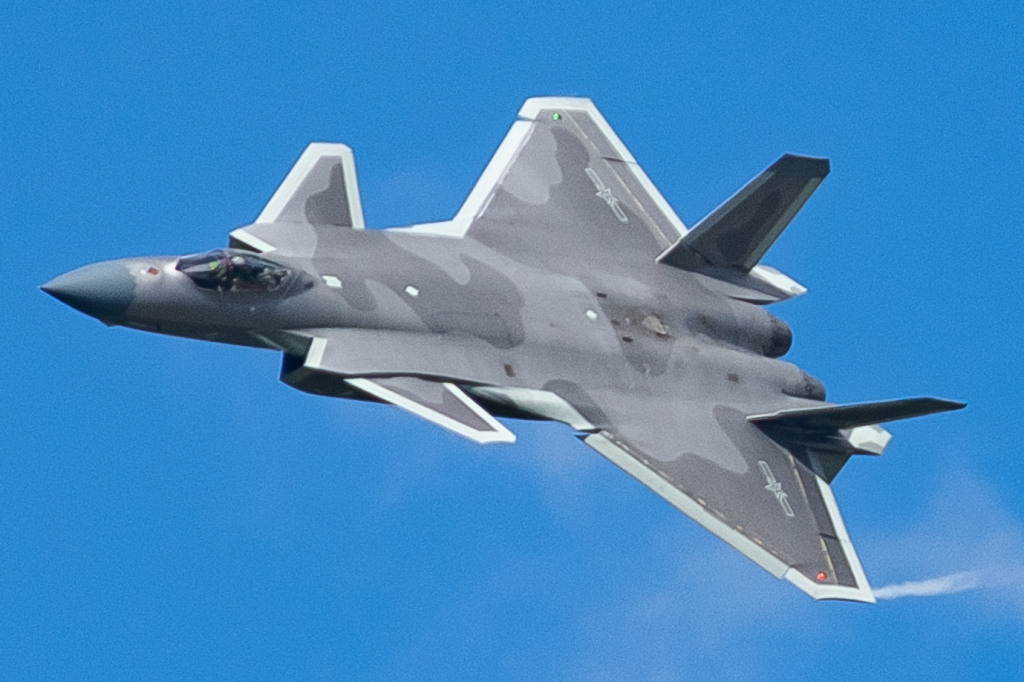
8. The Future Threat: Extended Reach and the PL-17
China is already deploying the PL-17, an ultra-long-range missile with a reportedly 400-kilometer range against targets. Meant to threaten fighters, AWACS, tankers, and ISR aircraft, it fits a conception of anti-access/area-denial. when deployed on the J-20, it would extend the Mighty Dragon’s reach well beyond the Meteor’s range, potentially countering the supporting assets that enable Rafale operations.
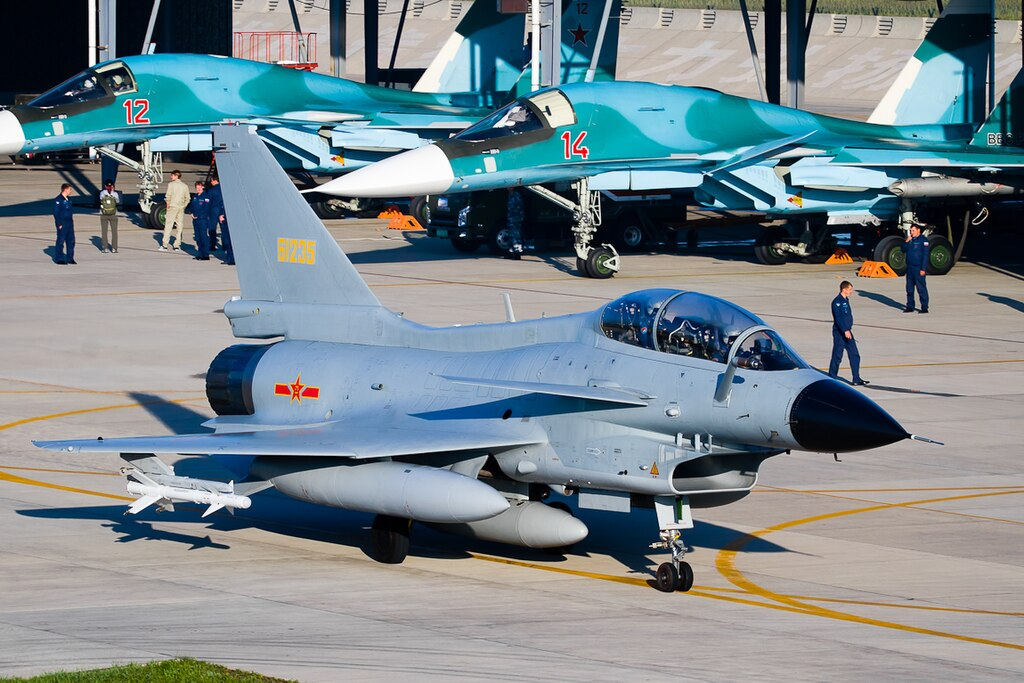
The developing balance between Rafale and J-20 illustrates a larger transformation in air combat: speed, altitude, and manoeuvring still count, but decisive blows in the unseen realm of radar pulses, data-links, and missile seekers have become the true makers of battles. There, the J-20’s blend of stealth, altitude, and long-range missile capability presents a challenge which Rafale’s operators have to counter with new tactics, with integrated sensor networks, and with anti-stealth detection capabilities.
